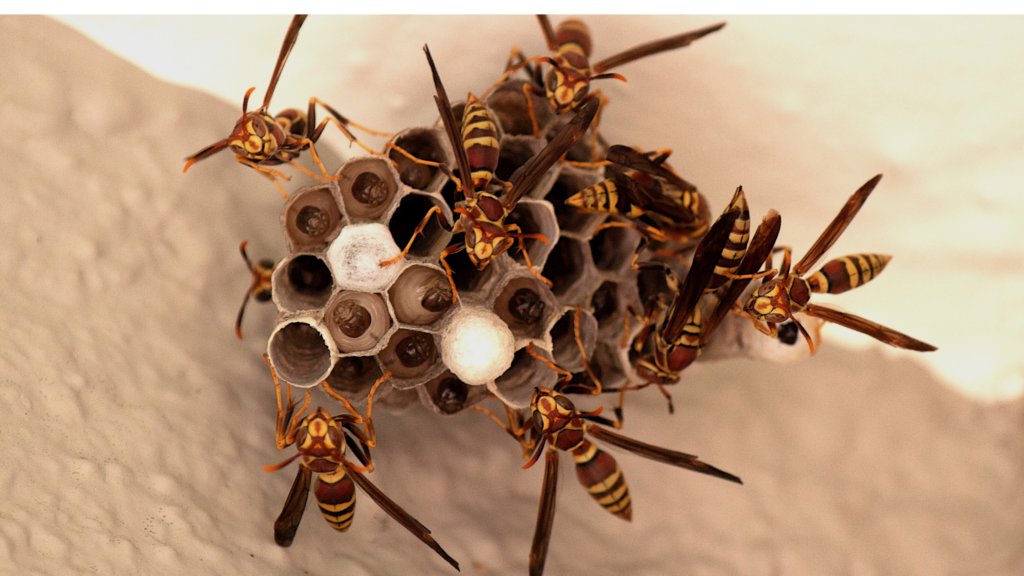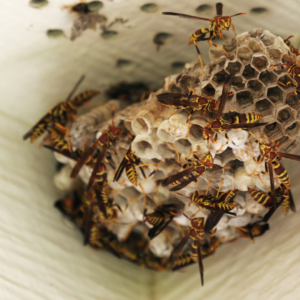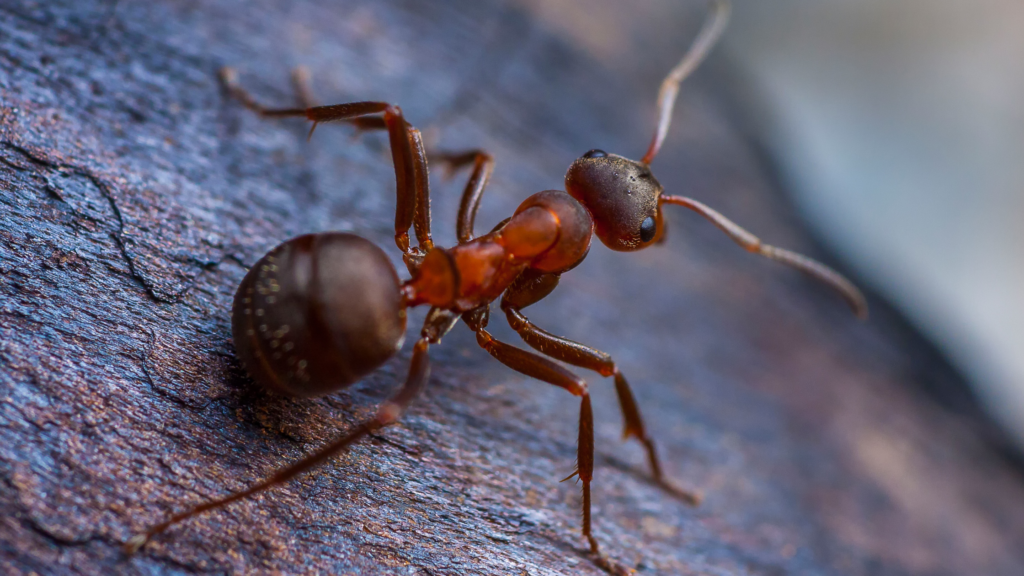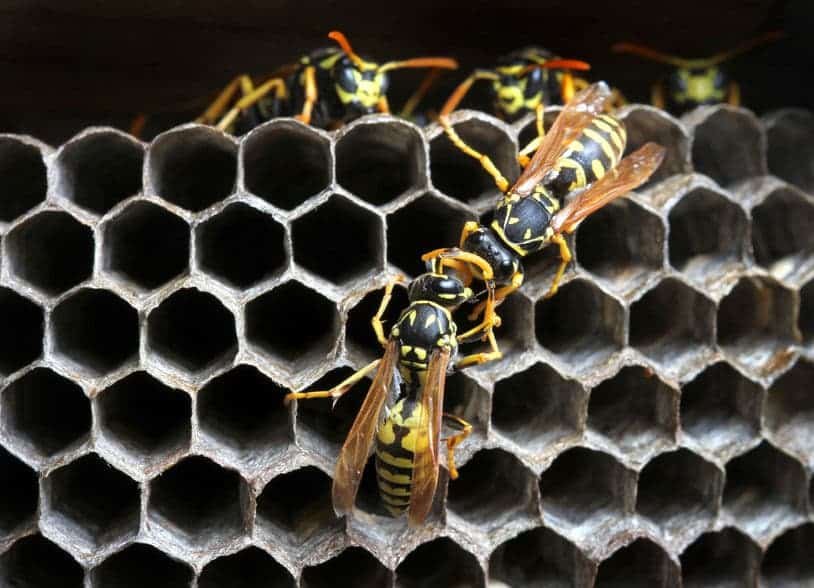
When you think of springtime, flowers, and warm weather are likely to come to mind. It's also when animal activity noticeably increases, notably with insects. While many of these bugs will not bother you or your home, others can be aggressive, like wasps. These stinging insects are known to attack when they feel threatened. Sometimes, it doesn't take much to launch a wasp attack, especially if they're nesting in your yard or home. As spring picks up, you'll need to keep an eye out for these pests setting up on your property. In this blog, we'll dive into the differences between wasps and bees and what to look out for.
Wasps vs. Bees: How to Tell the Difference and Why It Matters
Upon first glance, there are some obvious differences between wasps and bees. For one, bees have a light coat of fuzzy hair on their bodies. Wasps have little, if any, hair. Bees are also round and plump, whereas wasps are slender and have narrow waists. But beyond physical appearances, they have very different behaviors. Bees are natural pollinators and collect pollen & nectar from flowers. This produces honey and helps feed their young. On the other hand, wasps are omnivorous and will eat meat or bugs if given the chance. They do not linger around flowers as much as bees do. But above all, their greatest contrast lies in their behavior.
For more detailed insights on how to manage stinging insects like wasps, check out our guide to wasp and stinging insect control.
Bees rarely attack and may only do so if their hive is threatened or if someone actively tries to swat them. More often, people are accidentally stung by stepping on or sitting on a bee. Once bees sting, they die. Wasps may attack if they simply feel that you are too close to them or their nest. You may even just walk by one in a bad mood and suffer their wrath of their stings. Unlike bees, they can sting multiple times and will not die. Because of their aggression, they can be dangerous, especially if you're attacked by more than one wasp. People with allergies are at an elevated risk of serious complications from wasp stings.
What Attracts Wasps to Your Yard in Spring?

While wasps are attracted to certain flowers, they like other things about your yard. They may like the safe refuge of the eaves of a house or shed roof to build a nest and keep dry. Sometimes, they may also build nests in walls or nearby trees. They prefer to set up in a sturdy spot that doesn't get too much wind.
Wasps are also opportunistic eaters. Insect prey like spiders, aphids, caterpillars, and other bugs are some of their favorite snacks. Sugary snacks and garbage (especially old meat) make attractive meals for wasps, especially if you're eating outside or store your trash cans in your yard.
A few things you can do to keep wasps away include:
- Storing your trash properly: Sealing your trash and taking it to the curb can draw wasps that like your trash away from your yard.
- Cover sugary drinks or enjoy them inside: Wasps may drink directly from your cup or swarm around them. By sealing them or drinking them indoors, they're less likely to come near you.
- Seal cracks and repair any siding: This will keep wasps from setting up nests in your house or in any openings.
Turner Pest Control: Your Business Partner in Pest Management
Prevention methods can be effective, but this may not be ideal to treat a wasp problem, especially if you have nests that you may not be able to see or reach. Some nests may be too large or dangerous, especially for those with allergies. Let Turner Pest Control tackle your stinging insect worries this spring. Our pest control experts are professionally trained to remove wasps, hornets, and yellow jackets, no matter the size of the infestation.
Keep your yard safe this season. Contact us at (800) 225-5305 or fill out our FREE inspection form today.



